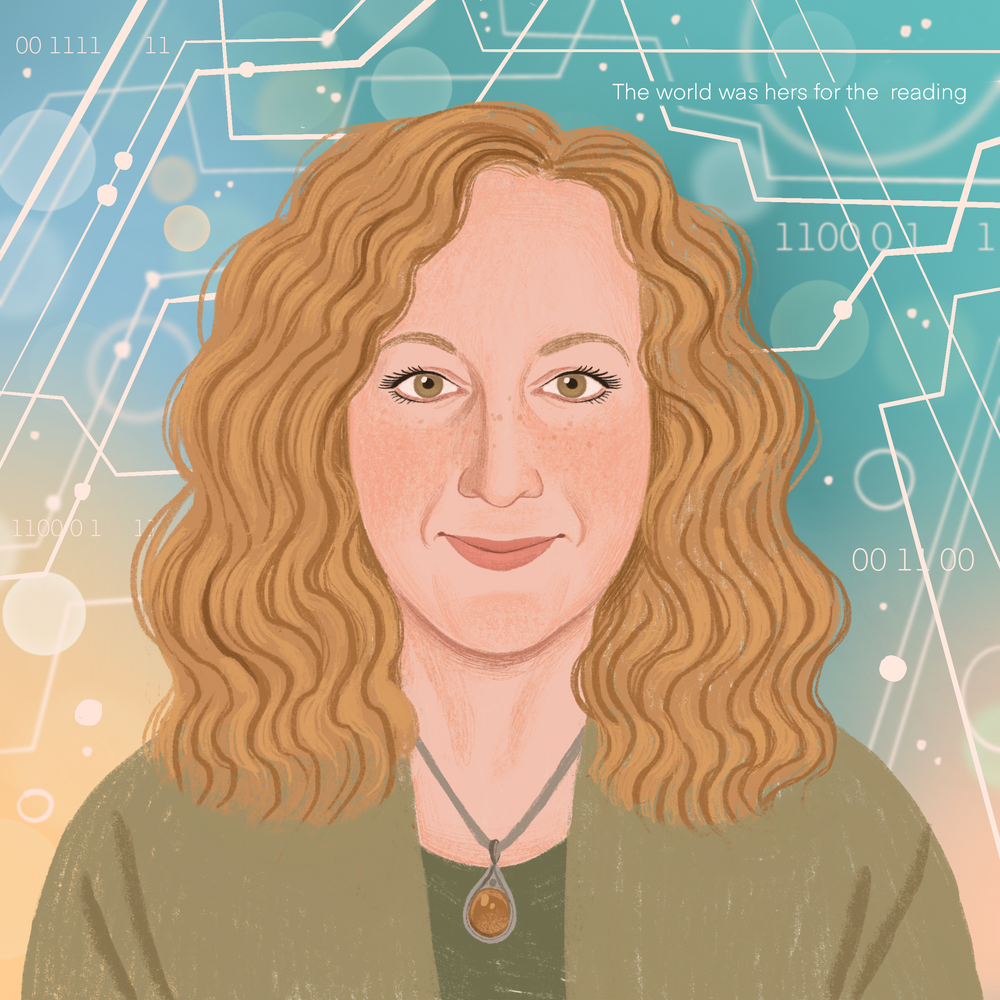Dr. Lodge McCammon was a featured speaker at the Upstate Technology Conference in June. I enjoyed his keynote address as well as his engaging enthusiasm and energy. While I had heard about the concept of flipping the classroom before, I had never been presented with compelling data to support it, and I had never seen it done in McCammon style. Flipping the classroom essentially moves the lecture to being homework and the application, drill, practice and activities to being classwork. It makes sense. In a flipped classroom the teacher spends more time with students practicing a skill or concept and less time lecturing. The lecture is video recorded using a simple flip camera and white board tiles or chart paper rather than power point or movie maker slides as seen in the video clip below. No fancy technology is needed.
After listening to Dr. McCammon speak I think that even if a classroom or a school isn't completely flipped, there are benefits to using McCammon's flipped classroom techniques to improve teaching and learning. According to McCammon, a 60 minute in-class lecture is equal to an eight minute video lecture. This is purely due to classroom management. I am not saying poor classroom management either. It is simply the regular management of 25 or more students in a classroom that makes delivering content take a long time. Most teachers know this as their daily reality.
In a truly flipped classroom students view lecture videos at home as their homework. Let's just say the issues of students choosing not to watch the lecture or being unable to watch the lecture due to lack of technology at home make doing this unrealistic for you. Even recording lectures and playing them during class is worthwhile. If a teacher video recorded her lesson and played it to her students even during class, this would reduce lecture time, enable easy repeat viewing in class or at home, and allow the teacher to spend less energy giving the same lecture four to six times a day. In addition, there would essentially be two versions of the same teacher, one that is live and one that is on video. This would enable the teacher to be the ultimate zen master of classroom management during the lecture. The lecture would be able to be paused, repeated, forwarded, and used again. This approach would lessen teacher fatigue and enable the teacher to use her energy in a more meaningful way.
One of the points that McCammon made that really stuck with me was that the relationship with the classroom teacher has a direct influence in the student's learning and performance. McCammon provided convincing evidence that content is much more meaningful and powerful when it comes from the student's own teacher. That realization makes teacher-student relationships in traditional classrooms something to emphasize and re-evaluate. It gives weight to that old saying, "Your students will not care what you know, until they know that you care."
After hearing Dr. McCammon speak, looking at his website and videos, I am convinced that teachers can benefit from learning about this concept even if they have no intention of trying it out in their own classrooms.

0 comments:
Post a Comment